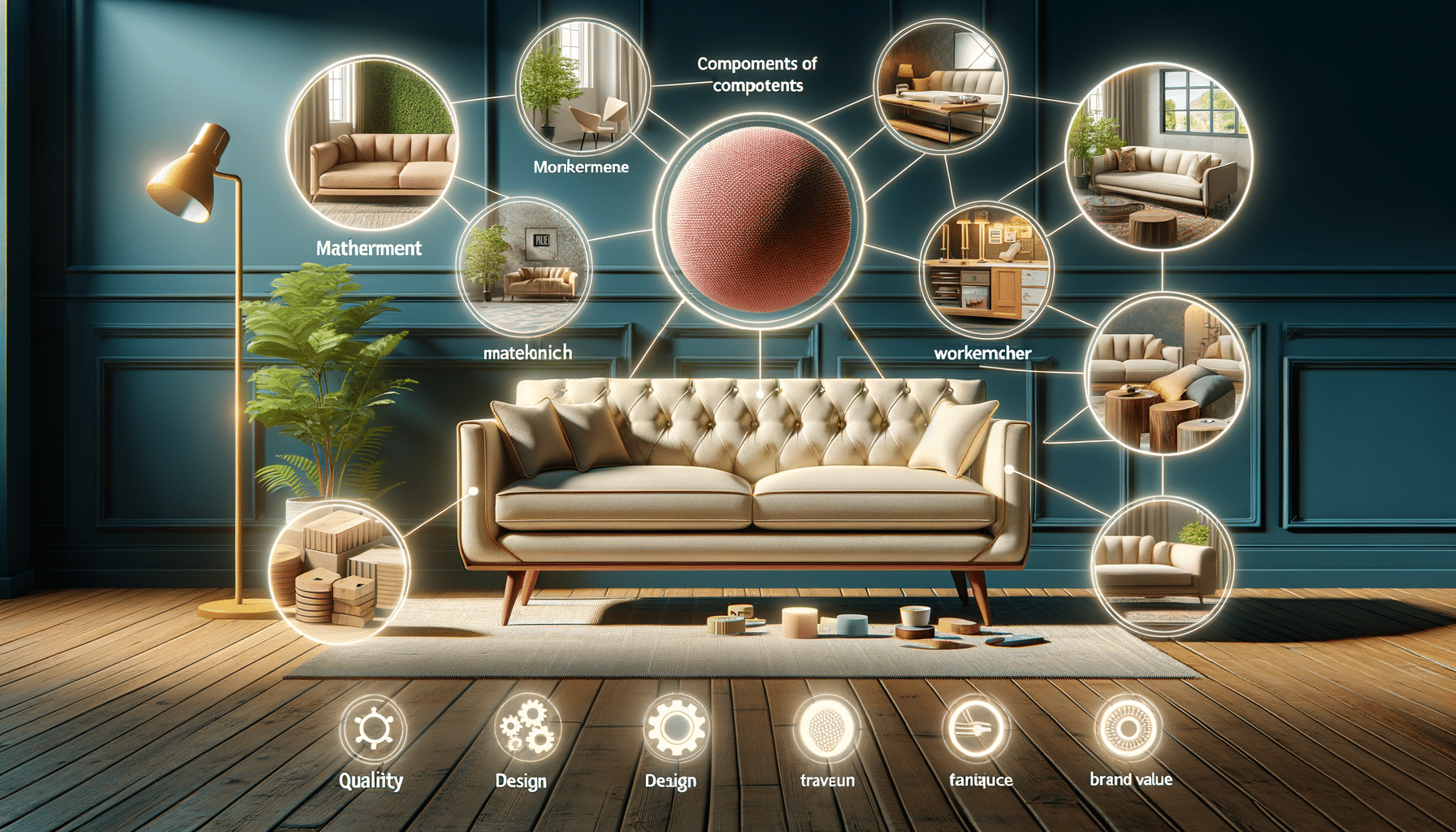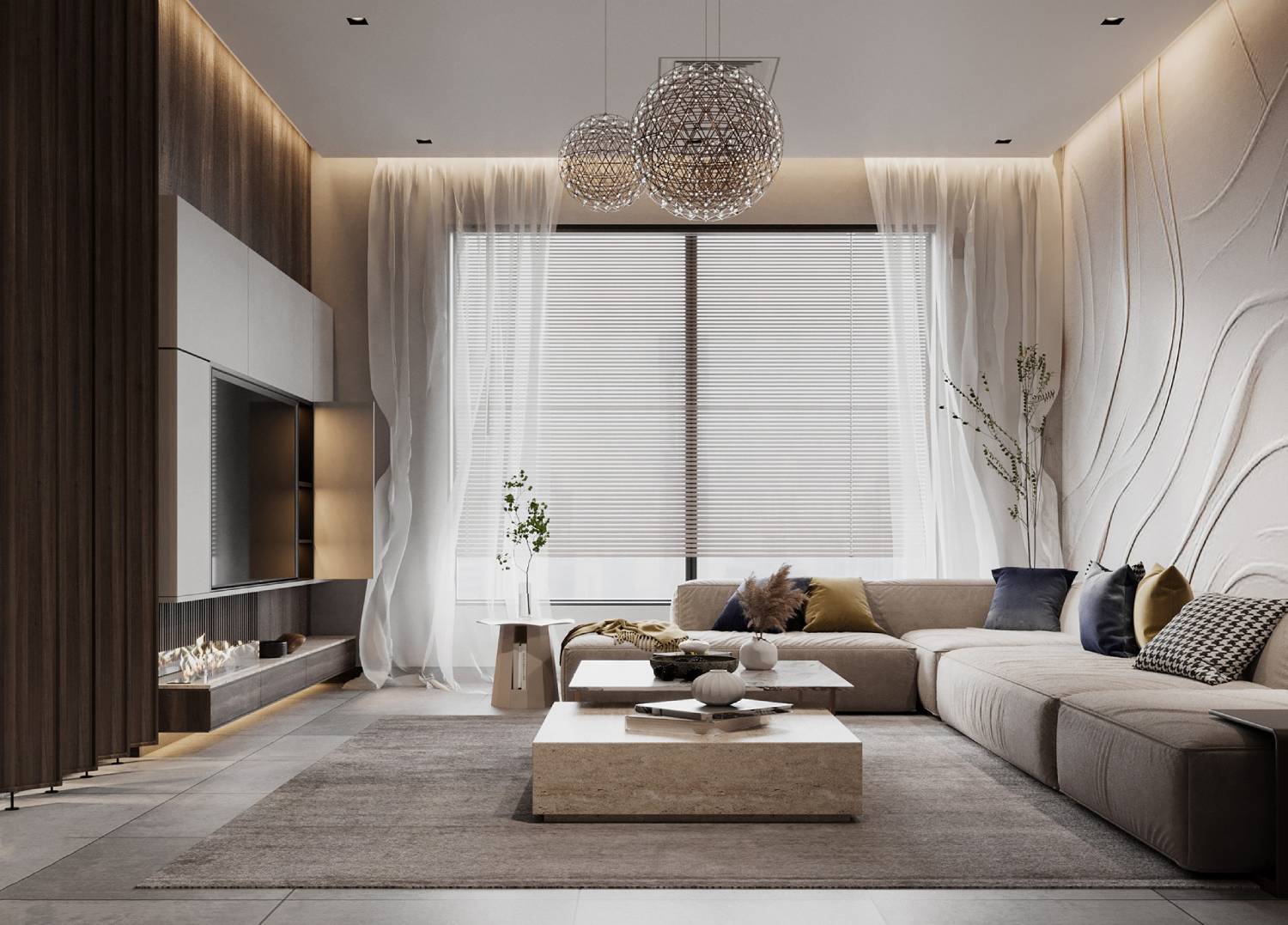
The Rise of Tiny Homes in Minimalist Design
Small Spaces, Big Impact
Picture this: a compact yet perfectly functional home nestled in nature or an urban corner, radiating simplicity, sustainability, and style. This isn’t just a Pinterest fantasy or a niche lifestyle trend—it’s part of a growing global movement. Tiny homes are capturing the imagination of architects, minimalists, and eco-conscious individuals alike. They do more than save space. They show a cultural shift towards minimalist architecture and compact living.
Tiny homes provide a bold and achievable solution in a world filled with clutter, consumerism, and high housing costs. Tiny homes attract everyone, from millennials priced out of housing to retirees wanting to downsize. They reflect common values: simplicity, functionality, and purpose. In this blog, we’ll explore tiny homes. We’ll look at their evolution and how they reflect minimalist ideas. We’ll also discuss why they are becoming an important trend in architecture.
What Defines a Tiny Home?
Size and Structure
Typically ranging from 100 to 400 square feet, tiny homes challenge conventional living standards. They often use multipurpose furniture, smart storage ideas, and open layouts to make the most of small spaces.
Types of Tiny Homes

- On Wheels (THOWs): Mobile and perfect for a nomadic lifestyle.
- Foundation-built: Ideal for those looking for permanence.
- Shipping container conversions: Durable and sustainable.
- Prefab and modular units: Quick to assemble and eco-friendly.
Legal Definitions
Depending on the country or region, tiny homes may be classified under RV regulations or as accessory dwelling units (ADUs). Regulatory clarity is improving as demand grows.
The Philosophy Behind Minimalist Architecture
A Design Ethos
Minimalist architecture values clean lines, natural materials, and the principle of “less is more.” This translates into clutter-free spaces where every element has a purpose.
Psychological Benefits
Studies show that minimalist spaces can lower stress, boost focus, and encourage mindfulness. Living with less can lead to more meaningful living.
Sustainability and Resource Efficiency
Minimalist design reduces resource use, both in construction and daily living. It naturally complements the eco-conscious motivations behind many tiny home builds.
Why Tiny Homes Are Gaining Popularity
Housing Crisis and Affordability
The global housing shortage has pushed people to seek cost-effective alternatives. Tiny homes cost between £20,000 and £80,000. The price varies based on design and materials. This makes them more affordable than traditional homes.
Climate Change and Eco-Consciousness
With a smaller footprint comes lower energy usage, fewer emissions, and less waste. Solar panels, composting toilets, and reclaimed materials are common features.
Flexibility and Freedom
Tiny homes allow for the following:
- Financial freedom (lower mortgage or no mortgage)
- Mobility (especially THOWs)
- Intentional living (more focus on experiences over possessions)
Digital Nomadism and Remote Work

The rise in remote work has redefined what home means. People now seek flexible, mobile homes that support a location-independent lifestyle.
Design Principles in Tiny Homes
Smart Space Utilisation
Every inch counts. Common strategies include:
- Foldable furniture
- Built-in storage (under stairs, seating, or beds)
- Vertical expansion (lofts)
Multi-Functionality
Rooms and furniture often serve dual purposes:
- Murphy beds that become desks
- Kitchen islands that double as dining areas
- Convertible seating arrangements
Natural Light and Openness
Windows, skylights, and open-plan layouts create an illusion of space, making tiny homes feel larger than they are.
Case Study: Tiny Homes in the UK
The Tiny House Movement in Britain
While more prominent in the US, the UK is catching on. Urban land scarcity and high property prices are driving the adoption of compact living models.
Local Initiatives
- Bristol: Community-led housing projects using tiny homes to combat homelessness.
- London: Pop-up tiny home developments to address temporary housing shortages.
Real-Life Example
Tom and Rachel, a young couple from Manchester, built their own tiny home for £45,000. They used reclaimed materials and solar panels. This helped them become nearly self-sufficient and cut their monthly expenses significantly.
Challenges and Criticisms
Zoning and Legal Barriers
Many municipalities have outdated zoning laws that do not accommodate tiny homes. Legal reforms are ongoing but vary widely.
Lifestyle Adjustment
Downsizing to a tiny home requires a significant mindset shift. Families, in particular, may struggle with reduced personal space.
Resale and Financing Difficulties
Getting a mortgage or selling a tiny home can be tough. This is especially true if it doesn’t fit standard property definitions.
Tiny Homes vs. Minimalism: Are They the Same?
Overlap and Divergence
While tiny homes are often minimalist by necessity, not all minimalist lifestyles require living in small spaces. Similarly, not all tiny homes are free of clutter or consumerism.
Complementary Lifestyles
Many people choose tiny homes for a minimalist lifestyle. They focus on being intentional, living sustainably, and seeking meaningful experiences.
How to Transition to a Tiny Home Lifestyle
Step 1: Declutter and Assess
Begin by minimising possessions. Use the KonMari method or “one in, one out” rule to reduce clutter.
Step 2: Research and Plan
Understand zoning laws, insurance, and utility options. Visit tiny home expos or join online communities for firsthand insights.
Step 3: Design for Your Needs
Customise your layout to reflect your lifestyle—whether you’re a solo artist, a digital nomad couple, or a small family.
Step 4: Trial Run
Try out the lifestyle by renting a tiny home for a weekend or longer. Get a feel for the space constraints and benefits.
Step 5: Build or Buy
Choose a reputable builder or consider a DIY project. Ensure you use quality, sustainable materials and energy-efficient systems.
Conclusion: Small Living, Big Potential

The rise of tiny homes in minimalist design is not just a housing trend—it’s a lifestyle revolution. Tiny homes can help with housing shortages and cut down on environmental impact. They also promote a stronger bond with what really matters. Compact living offers many benefits that often beat the challenges. You enjoy lower costs, more freedom, and a simpler, more intentional life.
Whether you’re already eyeing a THOW or just curious about downsizing, now is the time to explore how tiny homes can redefine the way we live.
Ready to downsize without compromising on design or comfort? Start your minimalist journey with a tiny home today.


